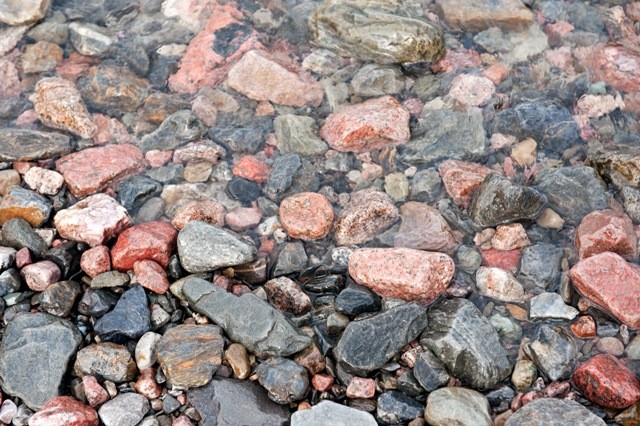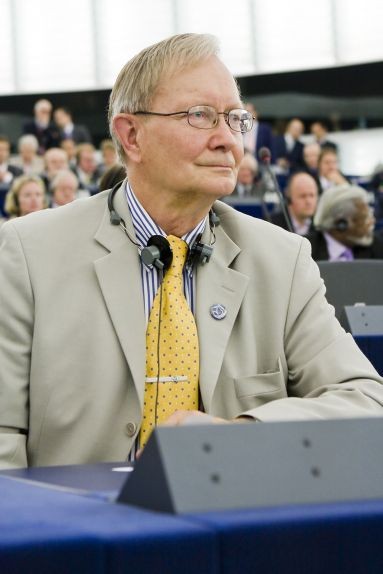Estonian MEP: Baltic Sea Strategy could have rotating presidency

 If the European Union’s Baltic Sea Strategy is to be led by the eight countries involved in it, it won’t be led at all, says Tunne Kelam, a member of the European Parliament and the chairman of its Baltic-Europe Intergroup. One solution for the management of the strategy would be to institute an annual rotating presidency taken on by the countries in the region.
If the European Union’s Baltic Sea Strategy is to be led by the eight countries involved in it, it won’t be led at all, says Tunne Kelam, a member of the European Parliament and the chairman of its Baltic-Europe Intergroup. One solution for the management of the strategy would be to institute an annual rotating presidency taken on by the countries in the region.
Kelam expressed his concern regarding the state of the management of the Baltic Sea Strategy on 29 June at the conference “Realising the EU Strategy for the Baltic Sea Region through Nordic-European synergies in co-operation” held in Brussels under the aegis of the European Commission and the Nordic Council of Ministers. It is Kelam’s view that implementation of the strategy needs a greater degree of coordination, more effective management and more transparent funding.
It is thought that, on the initiative of envoys to the European Parliament, the EU budget for 2011 will include an entry for the financing of the Baltic Sea Strategy. The European Commission has asked its Member States how much money they would like to be allocated and what they intend to do with it. However, Kelam feels that these questions are too general. The Estonian MEP feels that the EU could use direct financing for better coordination and as seed money in support of new projects, if they take in the problems of the region as a whole.
 Also speaking at the conference were Halld´or Asgrimsson, secretary-general of the Nordic Council of Ministers; Dirk Ahner, director of the European Commission’s Regional Policy Directorate-General; Kjell Nybacka, chairman of the Informal Baltic Sea Group; and about 200 representatives of Baltic Sea regions and organisations. Also speaking at the conference were Halld´or Asgrimsson, secretary-general of the Nordic Council of Ministers; Dirk Ahner, director of the European Commission’s Regional Policy Directorate-General; Kjell Nybacka, chairman of the Informal Baltic Sea Group; and about 200 representatives of Baltic Sea regions and organisations. The Nordic Council of Ministers supports the implementation of the Baltic Sea Strategy so as to ensure sustainable development and a sense of cohesion in the region. In accordance with the four pillars on which the strategy stands, the activities of the NCM are divided as follows:
The Nordic Council of Ministers’ Office in Estonia, in association with its partners, is organising two high-level conferences on the Baltic Sea Strategy and its implementation in September. The first will be held on 9 & 10 September in Narva and focus on innovation and, through it, economic growth at the local level. The second conference – examining the Baltic Sea Strategy and the internal market of the European Union – will be held in Tallinn on 16 & 17 September. Among those attending the event will be Michel Barnier, Commissioner for Internal Market and Services of the European Commission; Mario Monti, former EC commissioner; Juhan Parts, Estonian Minister of Economic Affairs and Communications; and Ole Norrback, chair of the NCM’s Border Obstacles Forum. More detailed information about both conferences can be found on the calendar of events on our website. | ||
| related links:
| ||


